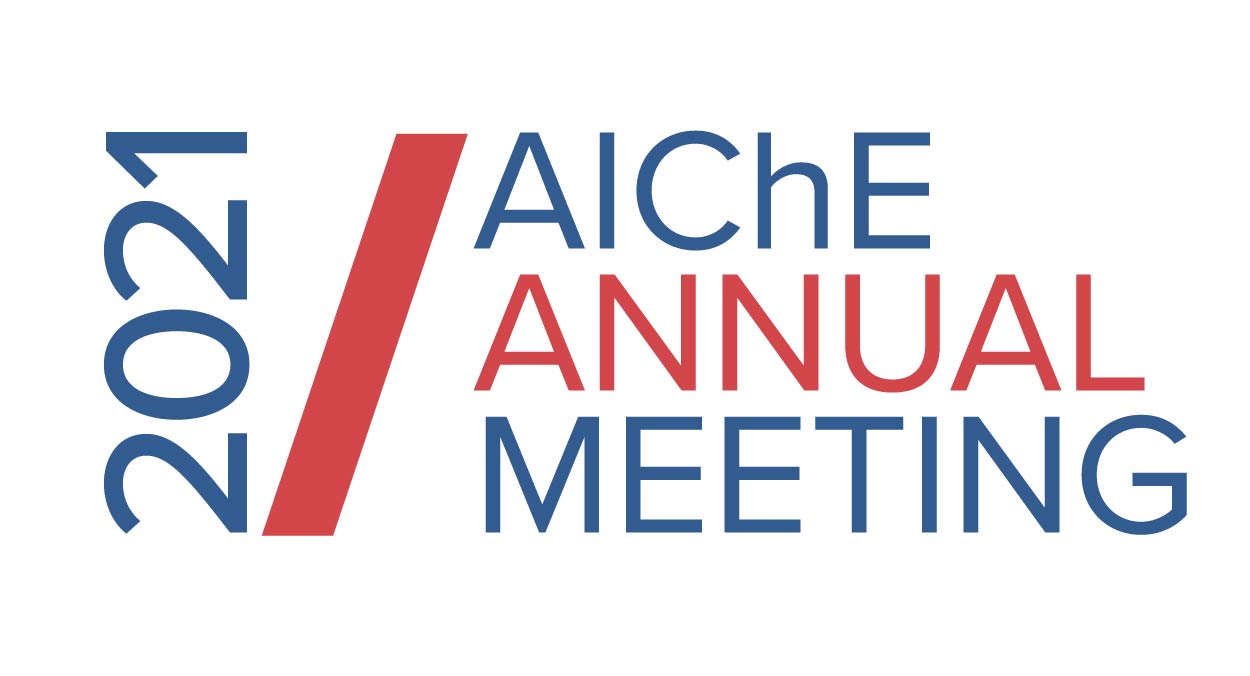

The holistic approach of LCA, which forces a cradle-to grave analysis, is uniquely suited for appraisal of CO2 utilization technologies. Since there is important link between the source of the CO2 and the use of the CO2 in the overall environmental impact, robust treatment of the upstream CO2 sources is imperative in LCA of CO2 utilization technologies. For emerging CO2 utilization technologies, conducting LCA at early stages of development is important, as it allows flexibility to implement changes while technologies are still nascent. Additionally, the U.S. Department of Energy (DOE) and the federal government are increasingly requiring for LCA as part of funding for primary research and tax incentives such as “45Q†for CO2 capture, utilization, and storage projects (H.R. 1892, 2018).
In the interest of supporting the creation of useful and consistent LCAs of CO2 utilization projects, the DOE National Energy Technology Laboratory has developed a CO2 utilization LCA toolkit. The primary audience for the toolkit is the group of principal investigators that have been awarded a grant through a DOE Carbon Use and Reuse funding opportunity announcement. However, we believe that there is wider application beyond those grant recipients. The toolkit comprises a guidance document, reporting templates, open LCA contribution analysis tools, LCI data, and subject matter expertise. The guidance document should be considered as a companion to the requirements established in ISO 14040/14044, providing specific guidance on methodological issues for scoping and completing the LCA. The guidance, data, and tools are publicly available and free. This presentation will provide an overview of each part of this first-of-a-kind toolkit, its utility to the LCA community, and its value in assessing emerging technologies.
References
H.R. 1892, 115 Cong. (2018) (enacted). Retrieved from https://www.congress.gov/bill/115th-congress/house-bill/1892
National Academies of Sciences, Engineering, Medicine. (2019). Gaseous Carbon Waste Streams Utilization: Status and Research Needs. Washington, DC: The National Academies Press.
DISCLAIMER
This project was funded by the United States Department of Energy, National Energy Technology Laboratory, in part, through a site support contract. Neither the United States Government nor any agency thereof, nor any of their employees, nor the support contractor, nor any of their employees, makes any warranty, express or implied, or assumes any legal liability or responsibility for the accuracy, completeness, or usefulness of any information, apparatus, product, or process disclosed, or represents that its use would not infringe privately owned rights. Reference herein to any specific commercial product, process, or service by trade name, trademark, manufacturer, or otherwise does not necessarily constitute or imply its endorsement, recommendation, or favoring by the United States Government or any agency thereof. The views and opinions of authors expressed herein do not necessarily state or reflect those of the United States Government or any agency thereof.
